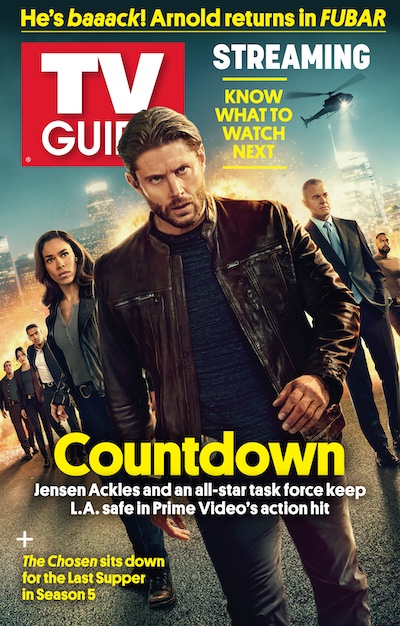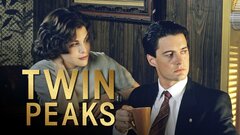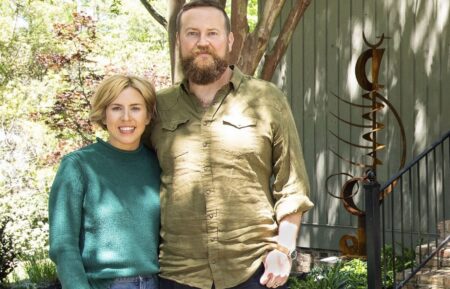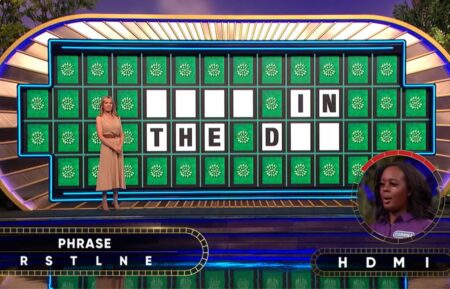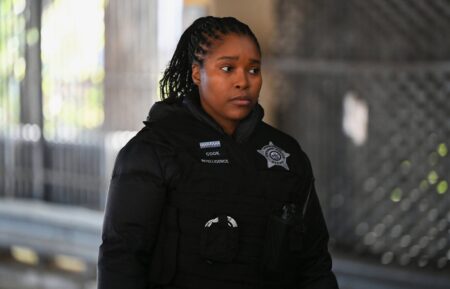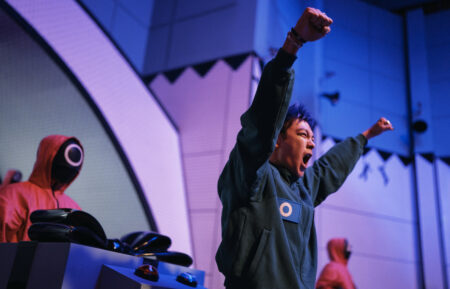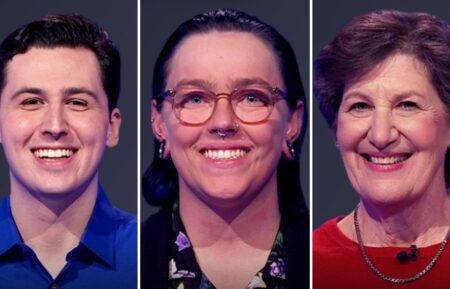Today in TV History: The True Story Behind the Twin Peaks Premiere
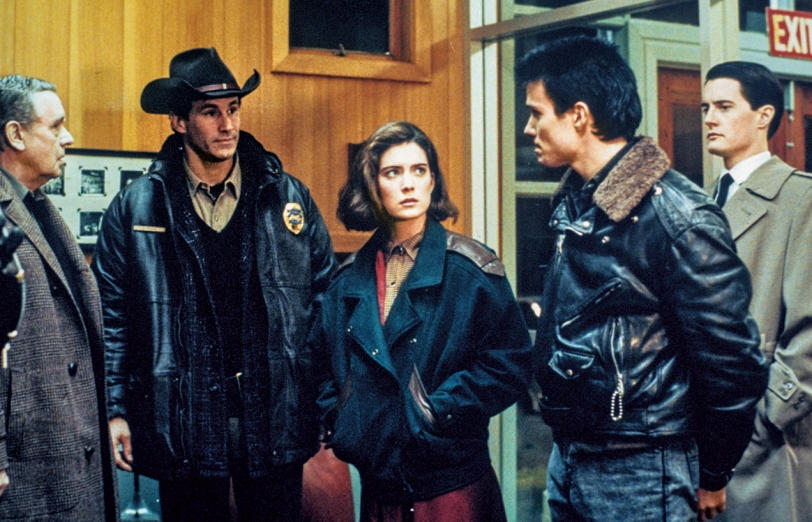
Who killed Laura Palmer? After the show premiered on April 8,1990, everyone wanted to know. The fictitious teen’s murder was at the heart of Twin Peaks, ABC’s groundbreaking, genre-busting surprise hit from maverick film director David Lynch (Blue Velvet) and TV writer Mark Frost. Kyle MacLachlan and Michael Ontkean starred as the FBI agent and hometown sheriff on the case, part of a huge cast that included newcomers Lara Flynn Boyle and James Marshall as Laura’s troubled friends, Ray Wise as her oddball dad, Peggy Lipton as the local café owner, Joan Chen as a shifty widow, veteran actors Richard Beymer and Russ Tamblyn as potential suspects, and then-unknown Sheryl Lee as, arguably, America’s most famous corpse. As Showtime readies a 2016 reboot–albeit with David Lynch backing out and with MacLachlan the only confirmed cast member so far–we look back to its beginning.
Tony Krantz (former agent for Lynch and Frost): I proposed that David do television, which was something he’d never thought about. We’d eat lunch frequently at a restaurant in Los Angeles called Nibblers, and I said that the world of the people who eat at Nibblers was his world–why not make a series about them? And we went out and pitched it, I think only to one place, which was ABC. So [he and Mark Frost] wrote the script and ABC picked it up and we proceeded to make it. [As for casting], David had a relationship obviously with Kyle on Blue Velvet. So that was an easy one. But my understanding is that David never had actors audition. He would take a look at their headshot, he would meet with them and talk to them and if he liked them he would cast them.
Wise: David Lynch and I had a nice meeting. Then I found out a couple of days later that David wanted me to play the character of Leland Palmer, and I had to open up the script again to know who Leland was because I had thought I was up for the role of Sheriff Truman! [Laughs]
Marshall: David Lynch kept refusing to see me. My headshots were really bad. He would say, “Not by these pictures! No, no, no.” Eventually he broke down, and I went in, and he was just like, “Yeah, you’re the one I want.”
Wise: [For final casting] you have to get network approval. It was me and Richard Beymer, who went into the room together in front of the executives and we were doing a Ben Horne and Leland Palmer scene, but David had Richard Beymer play Leland Palmer and he had me playing Ben Horne. I think that the whole process of network approval sort of bothered him and he wasn’t going to play their game 100 percent.
David Latt (producer): We filmed a lot in Washington’s Snoqualmie Valley and were hit with every conceivable weather you could imagine. We had a freak storm that had hail the size of baseballs. During one shoot, we couldn’t leave the set, so we camped out and some people slept on the floor of the café.
Wise: They put us up in a motel, and one of the first cast members I ran into was Richard Beymer. We had breakfast at a restaurant nearby. Russ Tamblyn walked in the room, and I’m thinking to myself, “Here I am with Tony and Riff from West Side Story!”
Marshall: I grew up on West Side Story. I’d follow Richard Beymer around and once in a while, I’d start singing, “…The most beautiful sound I ever heard, Maria…”And he’d just stop and go “Uh. God, James, I’m going to get you one of these times.”
Latt: What was really unique was David’s willingness to visualize the consequence of violence. On the beach [when Laura Palmer’s body is discovered], it’s very visceral. She’s very dead in the grayness of her skin. And I remember the makeup that it took to get to that. The way it looked—cold and damp—was the way it felt. Everybody knows that Sheryl was hired basically as an extra, but her role grew into something much more. Boy, was she a trouper.
Marshall: The girls in the cast were all so good-looking. Joan Chen would walk by you and wave “Hi,” and you’re like, “Oh, hi!”
Wise: She gave me a picture of her in the fourth grade–one of those little school pictures. I put it in [my character’s] wallet and carried it throughout the rest of the series.
Marshall: Basically my character and Donna [Lara Flynn Boyle] started to fall in love without really realizing it. The scene in woods [where they first kiss], they had to chop a few pages off because it was so wordy. I remember it being dark and really cold, and then it just rained. There are some things in your life that when you can go back there in two seconds just by remembering it, you know? It was a very intense, intimate, poetic, beautiful night.
Latt: David kept coaxing both of them to give themselves over to that moment. It was just amazing to watch. You really felt like you were inside someone’s personal space, like you were watching two people. And then you turn around and see the crew! [Laughs]
Krantz: Twin Peaks was the first time a motion picture director, with the kind of artistic eye that David had, ever did anything on primetime television. It ushered in a quirkiness to TV, but it also opened a cinematic door that, before it, didn’t really exist. It was Twin Peaks, and then it was everything else.
Wise: I always tell David that doing that show was the best of times and he agrees, even in his own career. It was a very special moment in time where all the stars aligned, everything was just right, and there we were with this strange show on network television. Who would believe that?
From TV Guide Magazine
How 'Countdown' Recruited Jensen Ackles to Go Full 'Die Hard'
Countdown boss Derek Haas talks creating the character around Ackles, and the cast teases the “Avengers”-like team of the crime thriller. Read the story now on TV Insider.

